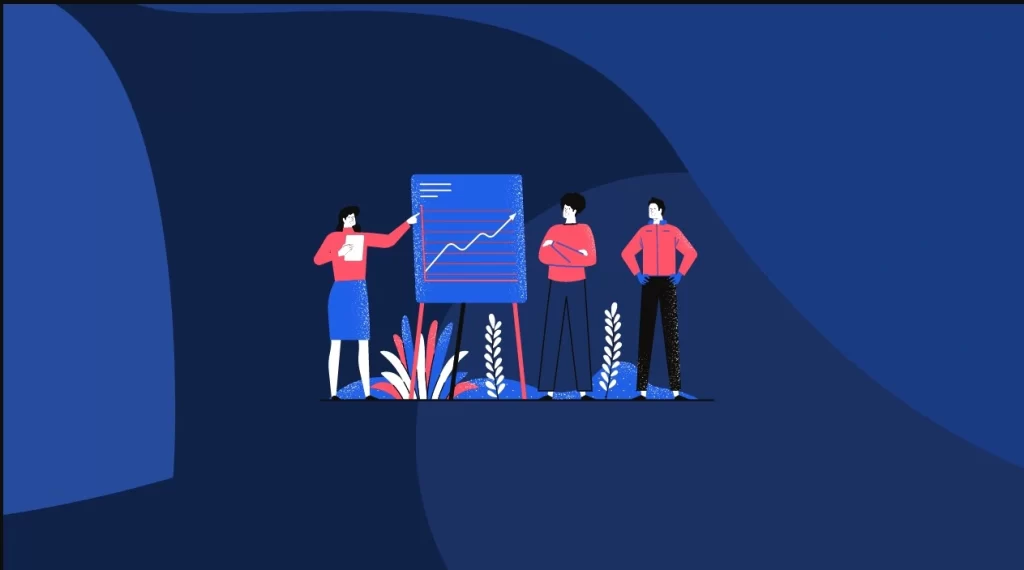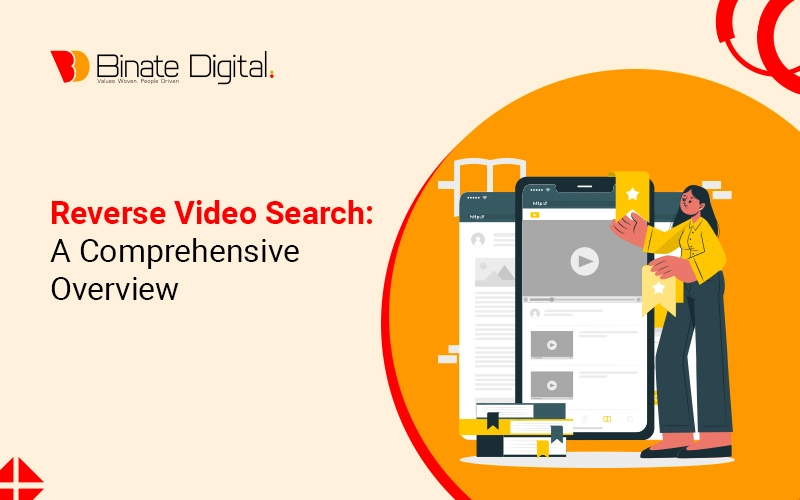Software Developer vs. Software Engineer: A Comprehensive Comparison
Two titles are often confused in the tech world: software developer vs. software engineer. Although they may sound similar, their roles and responsibilities are quite different, just like Batman and Superman. Let’s explore the differences between these two professions. The Origins: Where It All Began Before we delve into the nitty-gritty, let’s rewind the clock a bit. The work for software developers and engineers has significantly evolved from the initial days of computing to where it stands today. One could design, code, test, and deploy software with minimal support in the initial days. However, the growth of technology also came with an increase in the complexity of such tasks. The debate between a software developer and a software engineer is thus a timely question in the tech world today. A software developer usually refers to a person who writes code for developing applications, websites, or systems. They focus on the creative aspect of constructing user-friendly interfaces and functionalities. On the other hand, a software engineer has a more systemic approach toward problems given the architecture and logic beneath the software. The Skillset: A Tale of Two Talents Imagine two wizards sitting in a room, both with their spellbooks titled “Development” and “Engineering.” The software developer’s spellbook contains programming languages like JavaScript, Python, and Swift on its pages. These pros master frameworks, libraries, and tools that bring ideas to life on screens. They are the artists of the coding world who take care that your favorite apps look good and work seamlessly. The software engineer spellbook is a bit thicker, filled with pages on data structures, algorithms, and systems design. Engineers are like the architects of a software project. They lay down the blueprints, ensuring that every piece fits together perfectly and can withstand the test of time (and traffic spikes). The Workday: What They Do Now, let us see how their typical day looks. It could be that a software developer will spend the day sketching out new features of an app, writing code, and testing; after that, they will collaborate with designers to make it nice. They usually work in agile environments where flexibility and creativity are needed. On the other hand, a software engineer can start their day by designing the architecture of a system and ensuring that it is robust and scalable. Engineers take a step back to look at the big picture, considering things like load balancing, data storage, and security. Engineers, in most cases, join in code reviews to ensure everything is up to standard and adheres to industry best practices. The Toolkit: What Do They Work With Much like a chef requires a properly equipped kitchen, so do our software superheroes with their tools. For software developers, tools like GitHub, Visual Studio Code, and Figma are just staples. These platforms assist them in writing, debugging, and designing the software. Also, they heavily depend on APIs and third-party libraries to add functionalities without reinventing the wheel. Software engineers, on the other hand, have a very different set of tools. This includes, of course, version control systems such as Git, but it goes deep into the world of databases, cloud platforms, and infrastructure tools. AWS, Kubernetes, and Jenkins come to mind. To model complex systems, they would probably also use UML diagrams and corresponding modeling tools. The Problem-Solving Approach: Creative vs. Systematic How a software developer and a software engineer approach problems may vary. A software developer looks a lot like the detective in your favorite mystery novel, piecing clues together to solve a puzzle. They largely rely on intuition and creativity to find innovative solutions to challenges in the user experience. The aim is to make software intuitive, engaging, and user-friendly. In contrast, problems are solved by software engineers more systematically and analytically. They break down issues into smaller, manageable parts and seek scientific and mathematical principles to approach their solutions. For them, it’s not just about debugging but how to prevent bugs from ever occurring. Engineers think in the long term, worrying about the scalability of their solutions and their maintainability. The Career Path: Climbing Different Ladders A really common pathway for a software developer is to learn how to code, master a couple of programming languages, and then a couple of frameworks. However, many developers will specialize in areas such as front-end, back-end, mobile development, or game design. As they get some experience under their belt, they most often become lead developers or move into totally different roles, like product management. In contrast, software engineers have typically gone through a more formal education in computer science or engineering. Although their career paths might start similarly, very quickly they will move to a role that requires system design and architecture understanding. They may become senior engineers, system architects, or even CTOs. It can also go through specialized areas like DevOps, data engineering, or cybersecurity. The World of Sheppard Software: Learning Through Play Let’s take a fun detour to Sheppard Software, a popular platform known for its educational games. While this isn’t exactly the serious coding work of a developer or an engineer, it’s a great example of how software can be both educational and fun. It is on the part of the developers and engineers behind such platforms to balance creativity with functionality in making sure that the games are engaging but also in a position to deliver educational value. In creating games like those on Sheppard Software, software developers focus on crafting engaging interfaces and interactive elements. Meanwhile, software engineers work behind the scenes to develop the games so that they run smoothly, handle as many people as possible without failing, and are secure. That’s a beautiful blend of creativity and technical skill—how these roles work together in perfect harmony! Software Development Outsourcing: When to Call for Reinforcements While most companies seem to turn to software development outsourcing in the fast-moving tech world, who do they outsource to—a developer or an engineer? That would depend on the scope and requirements of the
Software Developer vs. Software Engineer: A Comprehensive Comparison Read More »










